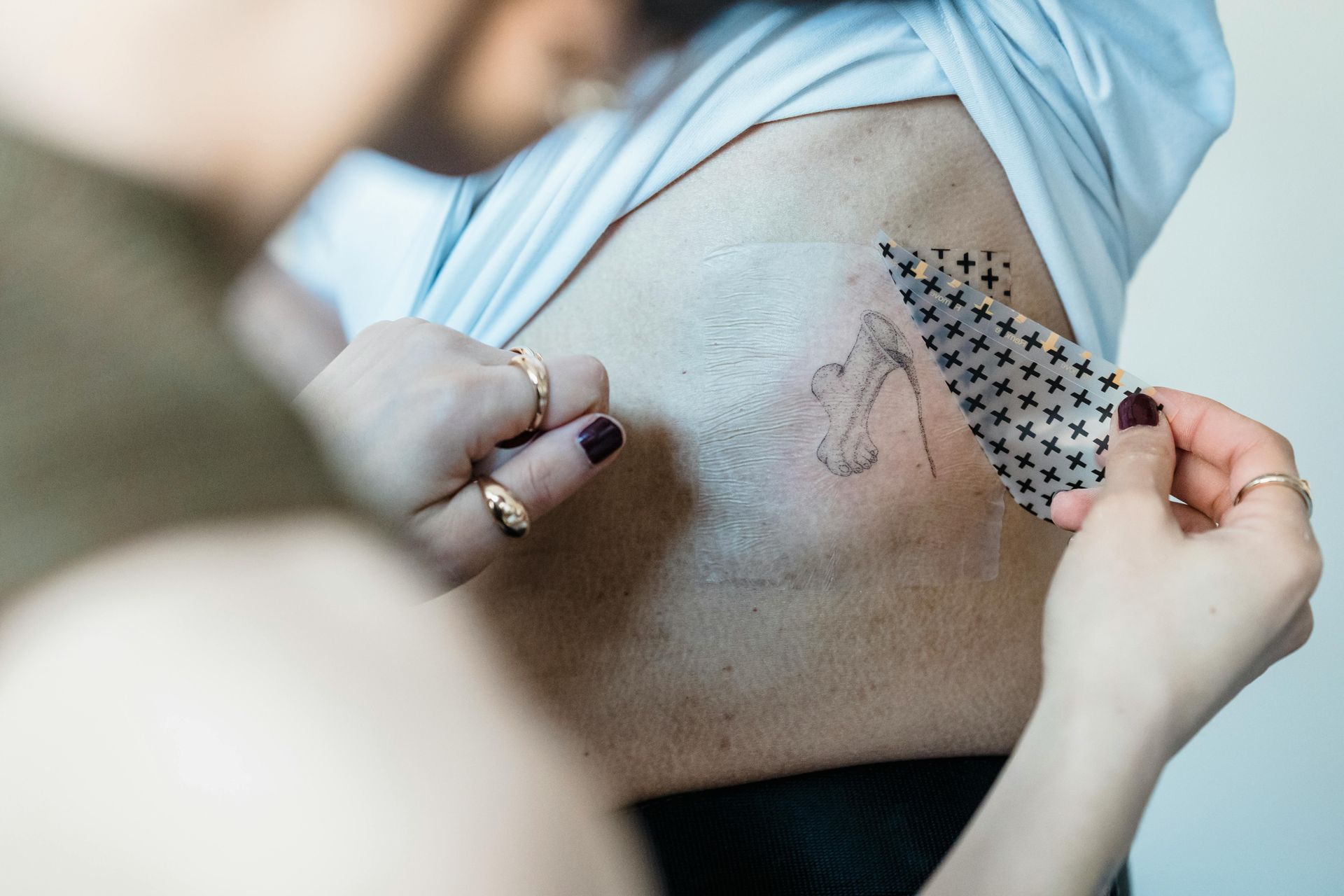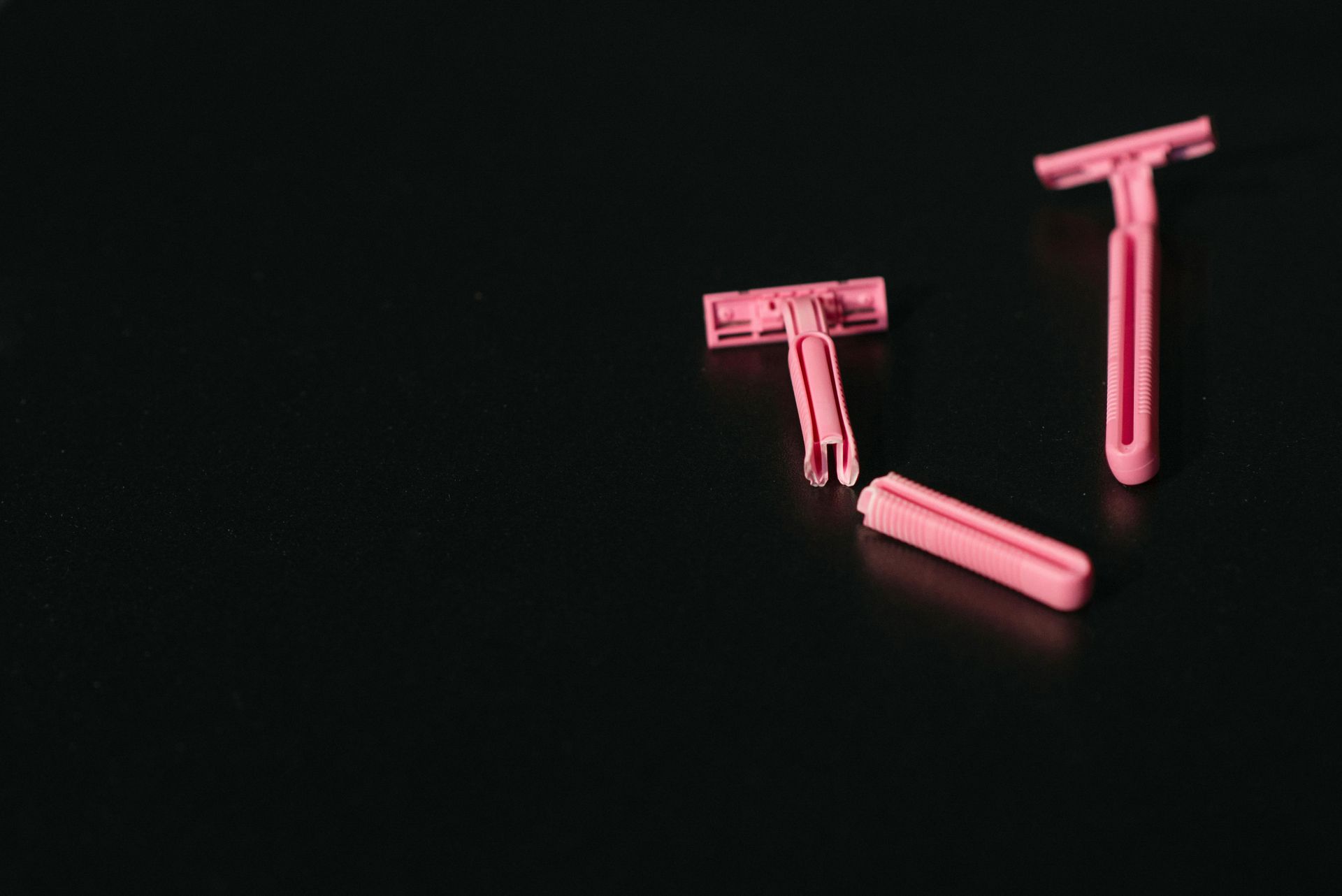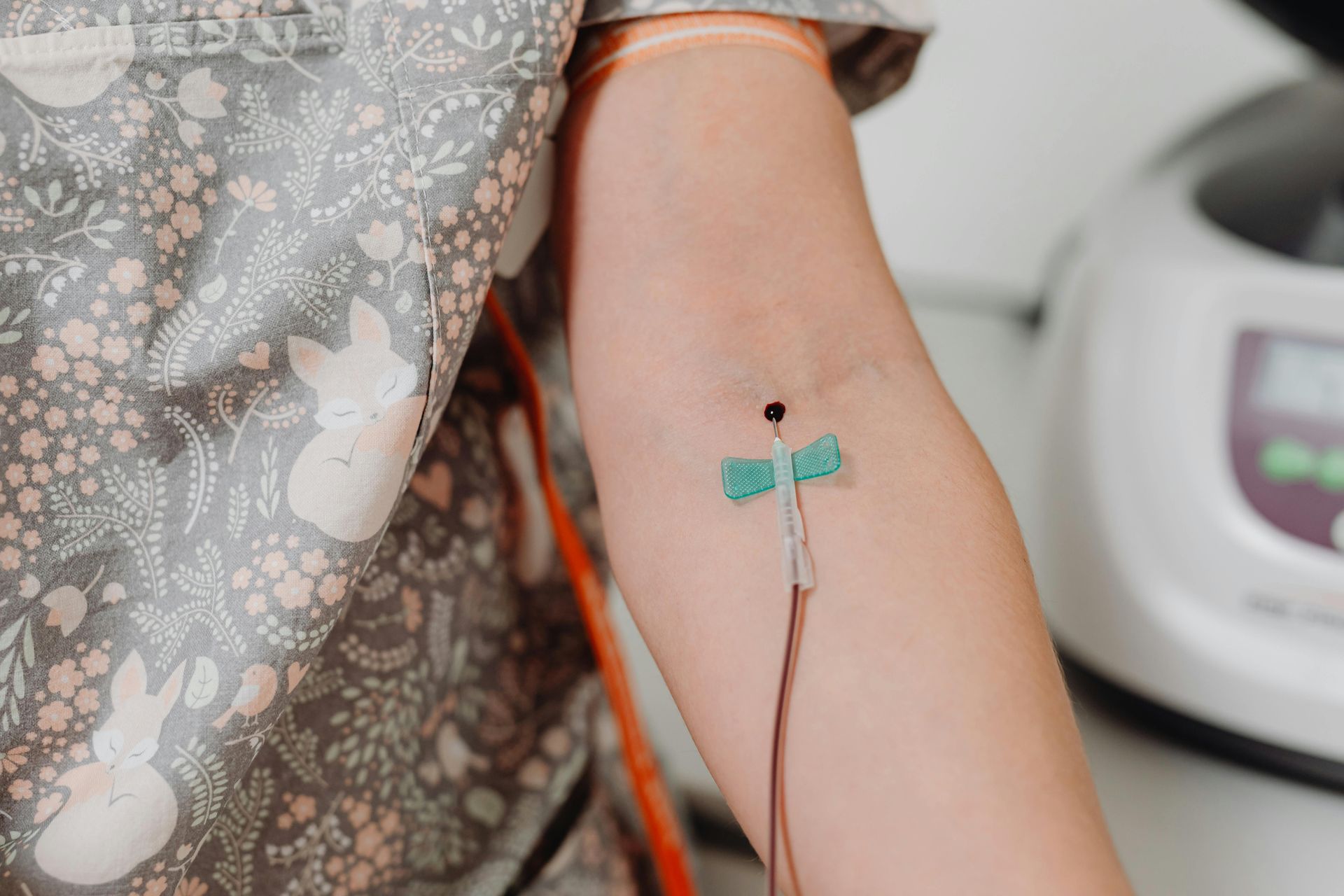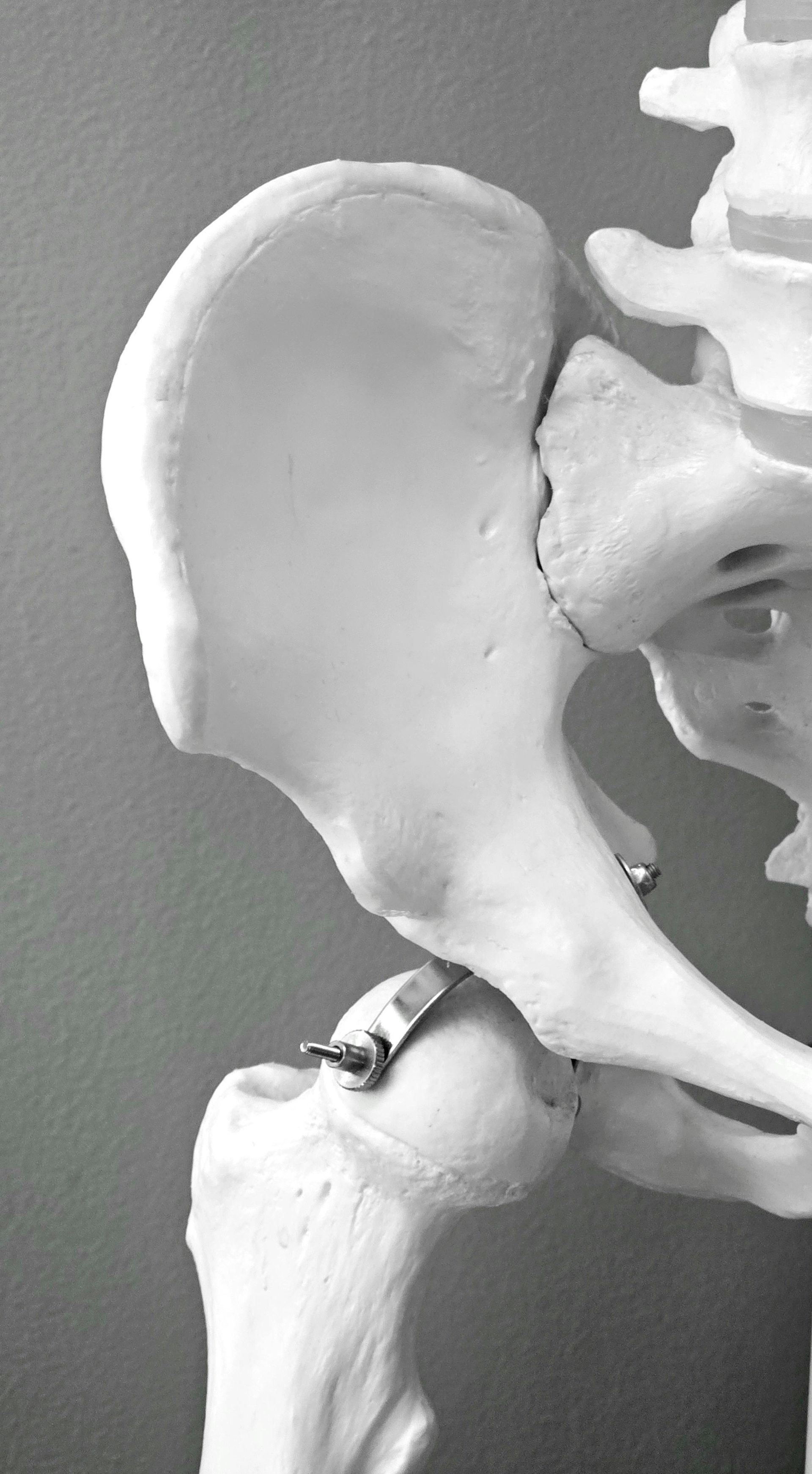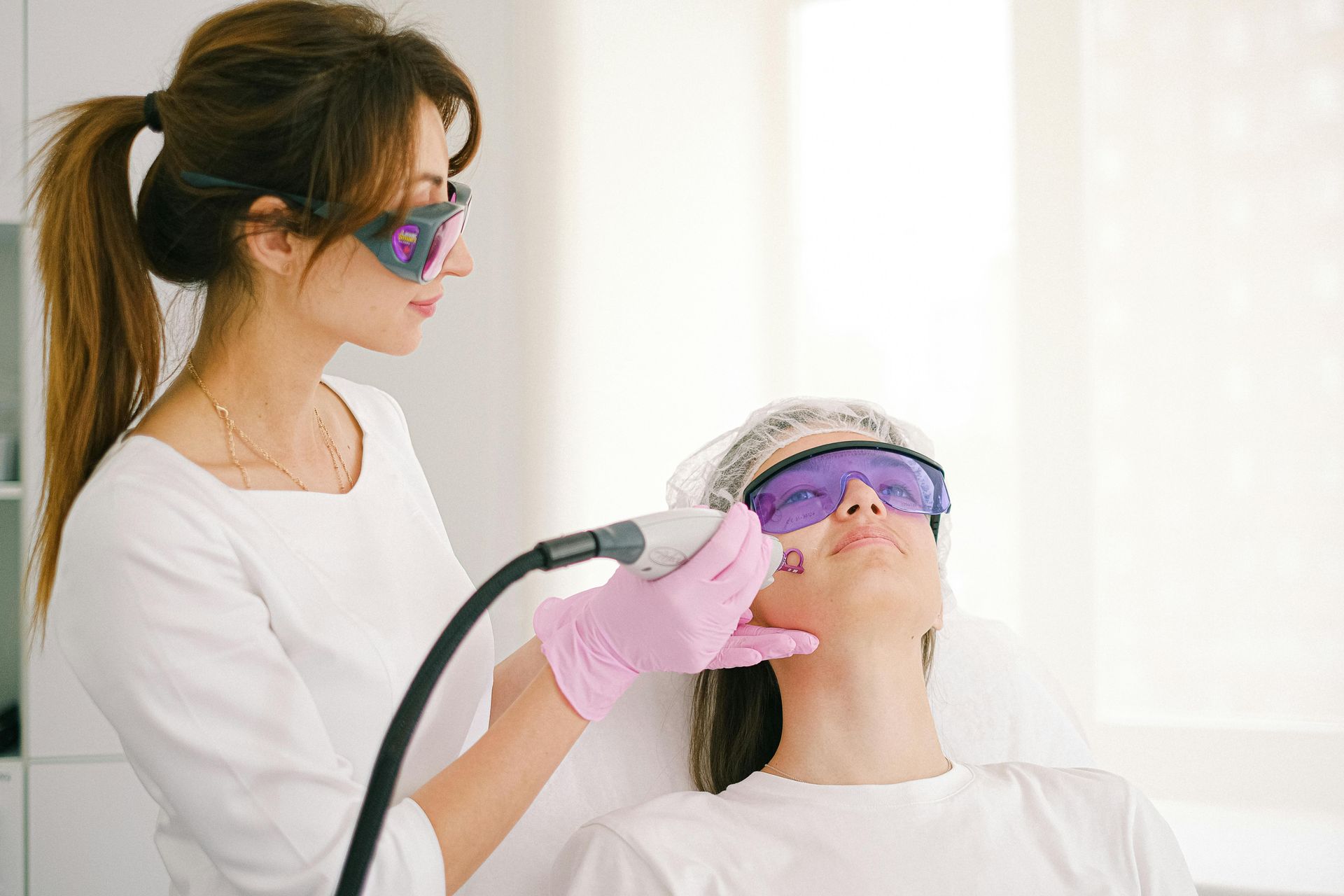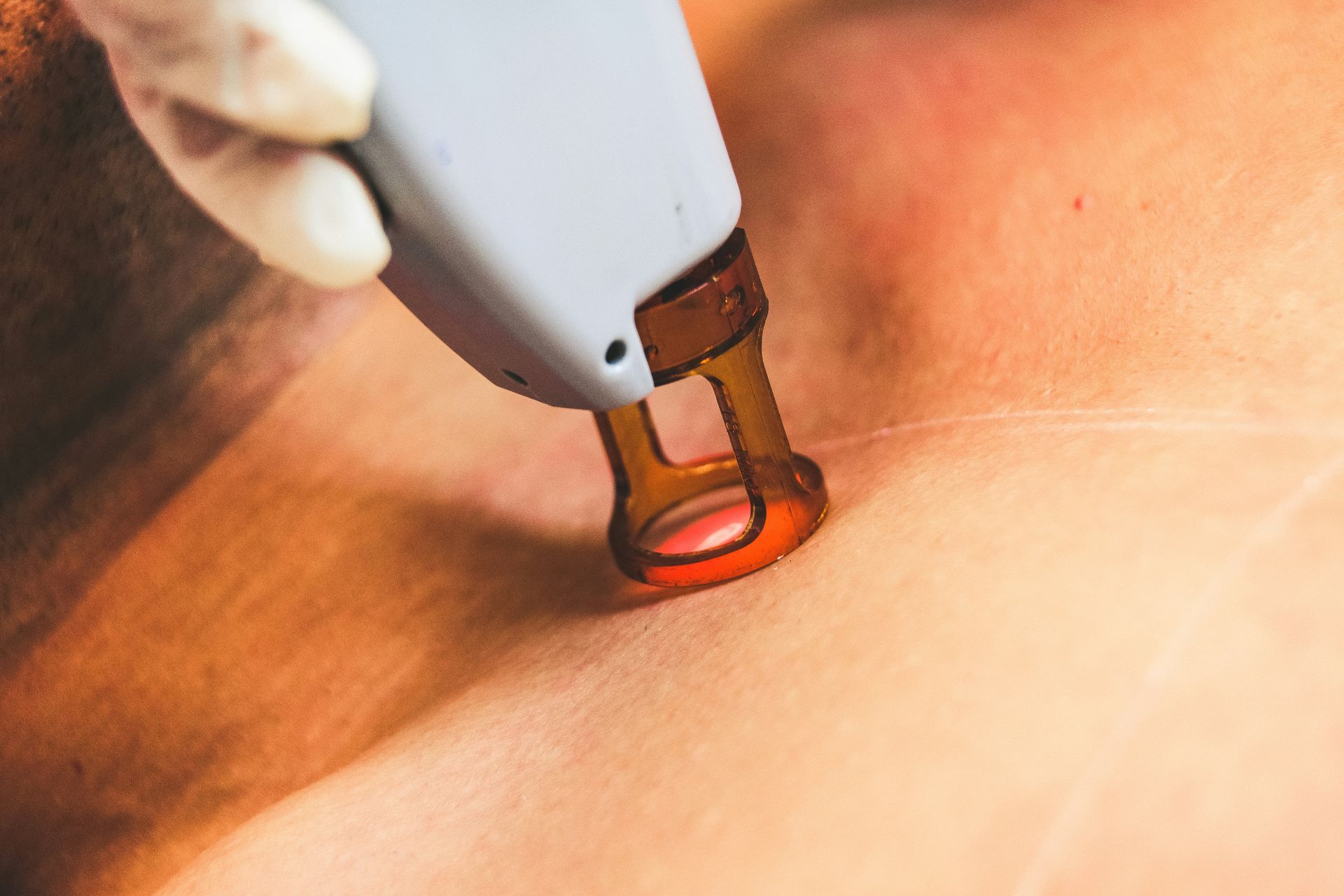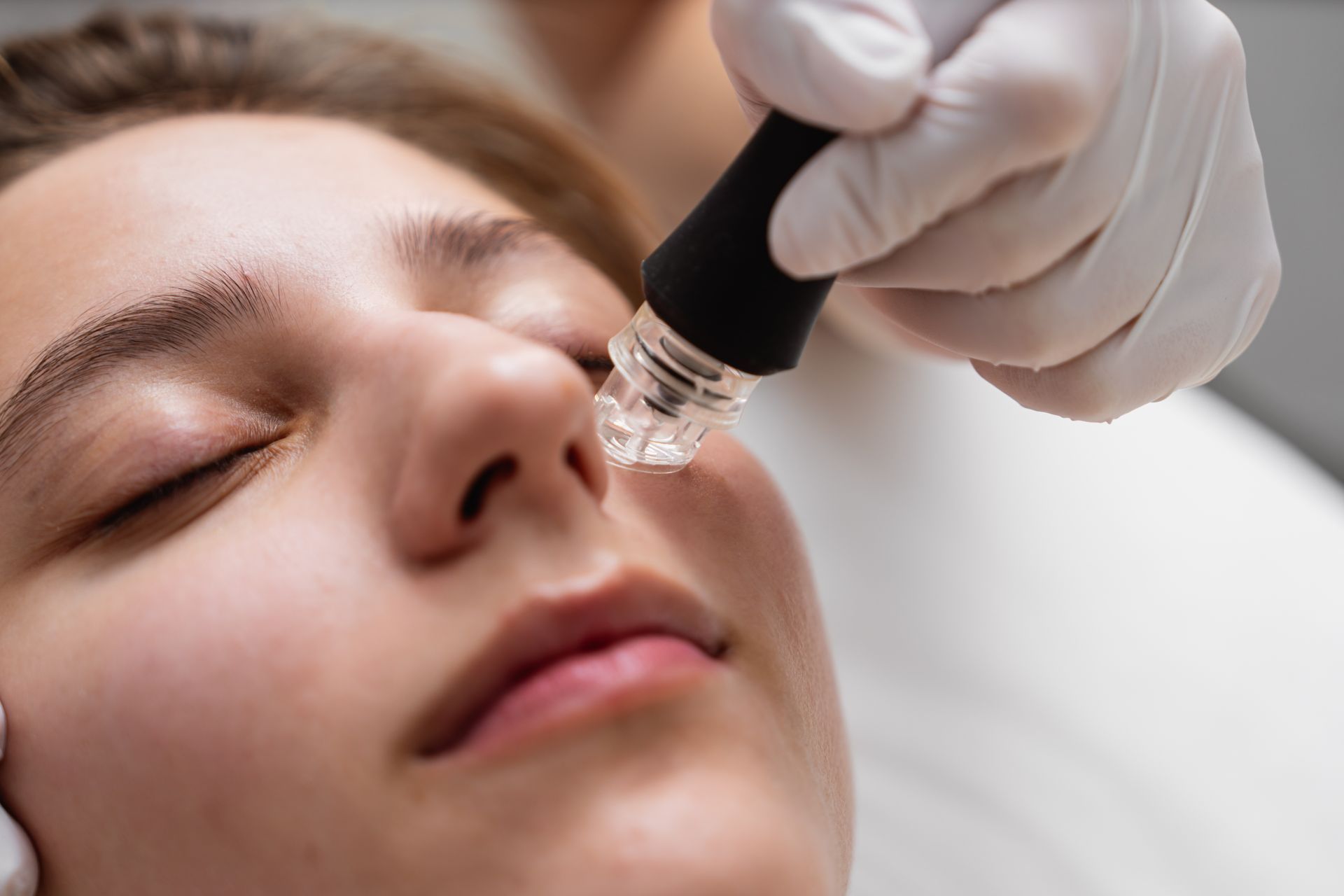Laser Tattoo Removal: Before, During, and After
Tattoos are a popular form of self-expression, but sometimes, people decide to part ways with their ink. Whether due to a change in personal taste, professional needs, or a desire for a fresh start, laser tattoo removal has become a widely sought-after solution. This advanced technology offers a safe and effective way to fade or eliminate unwanted tattoos. However, the process involves more than just showing up for a session.
Understanding what happens before, during, and after laser tattoo removal is key to achieving the best results and ensuring a smooth experience. This article provides a comprehensive guide to the entire journey, from preparation to recovery, offering insights to help you make informed decisions.
Key Takeaways
- Preparation is Essential: Proper skin care and consultation with a professional set the stage for successful tattoo removal.
- Multiple Sessions Required: Most tattoos need several sessions for complete fading or removal, depending on ink and skin factors.
- Pain Management Options Exist: Topical anesthetics or cooling devices can help minimize discomfort during the procedure.
- Aftercare Impacts Healing: Following post-treatment care instructions reduces the risk of complications and supports skin recovery.
- Results Vary by Individual: Factors like tattoo age, color, and skin type influence the outcome and timeline of removal.
- Professional Expertise Matters: Choosing a qualified provider ensures safer procedures and better results.
Before Laser Tattoo Removal: Preparation and Expectations
The journey to removing a tattoo begins well before the laser touches your skin. Proper preparation can significantly impact the procedure's success and your overall experience. Here’s what you need to know and do before starting laser tattoo removal.
Consultation with a Professional
Your first step should be scheduling a consultation with a licensed dermatologist, cosmetic surgeon, or certified laser technician. During this visit, the professional will evaluate your tattoo and skin to determine the best approach. They will assess factors such as:
- Tattoo size and location: Larger tattoos or those on areas with less blood flow (like hands or feet) may require more sessions.
- Ink colors and depth: Black and dark inks are easier to remove, while colors like green or blue may need specialized lasers.
- Skin type and health: Your skin tone and any existing conditions (e.g., eczema or scars) can affect the process.
- Tattoo age: Older tattoos often fade more easily than newer ones.
The provider will also discuss your medical history to ensure you’re a good candidate for laser removal. Certain conditions, like active infections or a history of keloid
scarring, may require special considerations. This is also the time to ask about the number of sessions, potential costs, and realistic expectations for results.
Pre-Treatment Skin Care
Preparing your skin for laser tattoo removal can enhance outcomes and reduce risks. Professionals typically recommend the following steps:
- Avoid sun exposure: Tanned or sunburned skin is more prone to complications like burns or pigment changes. Use broad-spectrum sunscreen (SPF 30 or higher) and cover the tattooed area for at least two to four weeks before treatment.
- Stay hydrated and healthy: Well-hydrated skin heals better. Drink plenty of water and maintain a balanced diet to support skin health.
- Avoid certain products: Stop using retinoids, exfoliants, or other harsh skincare products on the tattooed area for at least a week before the session to prevent irritation.
- Shave the area if needed: If the tattoo is in a hairy area, shaving may be required to ensure the laser targets the ink effectively.
Setting Realistic Expectations
Laser tattoo removal is not an instant fix. Most tattoos require multiple sessions—typically 6 to 12, spaced 6 to 8 weeks apart—for significant fading or complete removal. Factors like the tattoo’s age, ink density, and your body’s immune response influence the timeline. During the consultation, your provider will give you a rough estimate of sessions needed, but results vary. Understanding this upfront helps manage expectations and reduces frustration.
Cost and Commitment
The cost of laser tattoo removal depends on the tattoo’s size, complexity, and the number of sessions required. On average, each session can range from $100 to $500, with total costs for full removal often reaching $1,000 or more. Since this is typically considered a cosmetic procedure, insurance rarely covers it. Budgeting for multiple sessions and discussing payment plans with your provider can help you plan financially.
During Laser Tattoo Removal: What to Expect
The actual laser tattoo removal process is relatively quick, but it involves specific steps to ensure safety and effectiveness. Knowing what happens during a session can help ease any anxiety and prepare you for the experience.
The Procedure
When you arrive for your session, the provider will clean the tattooed area and may apply a topical anesthetic to minimize discomfort. Some clinics also use cooling devices to protect the skin and reduce pain. Once the area is prepped, the technician will use a handheld laser device to target the tattoo. Here’s how it works:
- Laser technology: The laser emits short pulses of light that penetrate the skin and break down the tattoo ink into smaller particles. Your immune system then gradually clears these particles from the body.
- Different lasers for different inks: Q-switched lasers are commonly used, with specific wavelengths targeting different ink colors. For example, black ink absorbs all wavelengths, making it easier to treat, while colors like yellow may require specialized lasers.
- Session duration: A single session typically lasts 10 to 30 minutes, depending on the tattoo’s size and complexity.
Sensations and Pain Management
Many people describe the sensation of laser tattoo removal as similar to a rubber band snapping against the skin or mild sunburn. The level of discomfort depends on the tattoo’s location, your pain tolerance, and the laser’s intensity. Sensitive areas like the ribs, ankles, or inner arms may feel more intense. To manage pain:
- Topical numbing creams are often applied 30 to 60 minutes before the procedure.
- Cooling devices or cold air may be used during the session to soothe the skin.
- Over-the-counter pain relievers like ibuprofen can be taken beforehand, but consult your provider first.
Immediate Post-Session Effects
After the laser treatment, the treated area may appear red, swollen, or slightly blistered. Some people notice a temporary whitening of the tattoo, known as “frosting,” caused by gas bubbles forming under the skin. This typically fades within a few hours. The provider will apply an antibiotic ointment and a bandage to protect the area and provide aftercare instructions.
| Aspect | Details |
|---|---|
| Session Duration | 10-30 minutes, depending on tattoo size |
| Pain Level | Mild to moderate, similar to a rubber band snap; varies by individual |
| Immediate Effects | Redness, swelling, possible frosting; resolves within hours to days |
| Number of Sessions | 6-12 on average, spaced 6-8 weeks apart |
| Laser Types | Q-switched Nd:YAG, Pico lasers for different ink colors and skin types |
After Laser Tattoo Removal: Recovery and Aftercare
The aftercare phase is critical to achieving optimal results and preventing complications. Proper care supports your skin’s healing process and helps your body clear the fragmented ink particles.
Immediate Aftercare
Right after the session, your skin will be sensitive and prone to irritation. Follow these steps to promote healing:
- Keep the area clean and protected: Gently wash the treated area with mild soap and water, pat dry, and apply an antibiotic ointment as directed. Cover with a sterile bandage for the first 24 to 48 hours.
- Avoid sun exposure: Protect the treated area from sunlight to prevent hyperpigmentation or scarring. Use sunscreen and clothing to shield the skin.
- Don’t pick or scratch: Blisters, scabs, or crusting may form. Let them heal naturally to avoid scarring or infection.
- Stay hydrated: Drink plenty of water to support your body’s ability to flush out ink particles.
Long-Term Recovery
The full healing process between sessions typically takes 6 to 8 weeks. During this time, your immune system works to remove the broken-down ink particles. You may notice the tattoo fading gradually with each session. To support long-term recovery:
- Avoid activities that irritate the skin, such as swimming, saunas, or heavy exercise, for at least 48 hours post-treatment.
- Moisturize the area regularly to keep the skin hydrated and supple.
- Monitor for signs of complications, such as prolonged redness, swelling, or pus, and contact your provider if these occur.
Factors Affecting Results
The success of laser tattoo removal depends on several factors:
- Tattoo characteristics: Older tattoos, amateur tattoos, or those with less dense ink tend to fade faster.
- Skin type: Lighter skin tones often respond better to treatment, though advancements in laser technology have improved outcomes for darker skin tones.
- Lifestyle factors: Smoking, poor diet, or inadequate hydration can slow the body’s ability to clear ink particles.
Potential Side Effects
While laser tattoo removal is generally safe, some side effects may occur:
- Temporary redness, swelling, or blistering
- Changes in skin pigmentation (hyperpigmentation or hypopigmentation), especially in darker skin tones
- Rarely, scarring or infection if aftercare instructions are not followed
Consult your provider immediately if you experience unusual symptoms or prolonged discomfort.
Laser Tattoo Removal at Dermatology and Laser Surgery Center
At Dermatology and Laser Surgery Center, serving West Chester Township, Centerville, and Englewood, OH, we use cutting-edge Q-switched and Pico-second laser technology to safely and effectively remove tattoos with faster results and minimal discomfort.
How It Works
- Specialized lasers emit short pulses of light that penetrate the skin
- Laser breaks down tattoo ink into tiny particles
- Your body's immune system naturally eliminates these fragments over time
- Results become visible after multiple sessions
Treatment Details
- Number of Sessions: 6 to 12 sessions on average
- Session Spacing: 6 to 8 weeks apart for proper healing
- Session Duration: 10 to 30 minutes depending on tattoo size
- Pain Level: Mild to moderate (comparable to a rubber band snap)
Pain Management Options
- Topical numbing creams
- Zimmer Cryo cooling systems
- Cold air devices
Expected Results
Black and dark inks respond fastest to treatment, while colors like green, blue, or yellow may require specialized lasers for optimal results. Scarring is rare when proper protocols and aftercare are followed. Temporary pigmentation changes, such as lightening or darkening of the skin, may occur but typically resolve over time, especially in darker skin types.
FAQs about Laser Tattoo Removal
How many sessions will I need to remove my tattoo completely?
The number of sessions varies based on the tattoo’s size, color, age, and your skin type. On average, 6 to 12 sessions are needed, spaced 6 to 8 weeks apart.
Is laser tattoo removal painful?
Most people experience mild to moderate discomfort, often described as a rubber band snap. Numbing creams and cooling devices can help manage pain.
Can all tattoo colors be removed?
Black and dark inks are easier to remove, while colors like green, blue, or yellow may require specialized lasers. Some colors may not fade completely.
Will laser tattoo removal leave a scar?
Scarring is rare when performed by a qualified professional and with proper aftercare. However, improper care or pre-existing skin conditions may increase the risk.
How long does it take to see results?
Fading becomes noticeable after a few sessions, but complete removal can take several months to a year, depending on the tattoo and the number of sessions.
Final Thoughts
Laser tattoo removal offers a reliable way to fade or eliminate unwanted tattoos, but it requires preparation, patience, and proper aftercare. By understanding what to expect before, during, and after the process, you can approach the journey with confidence. Choosing a qualified provider, following pre- and post-treatment instructions, and setting realistic expectations are key to achieving the best results.
Contact Dermatology and Laser Surgery Center today to schedule a consultation and begin your journey to clear, tattoo-free skin.
Reference:
https://pmc.ncbi.nlm.nih.gov/articles/PMC4411588/

